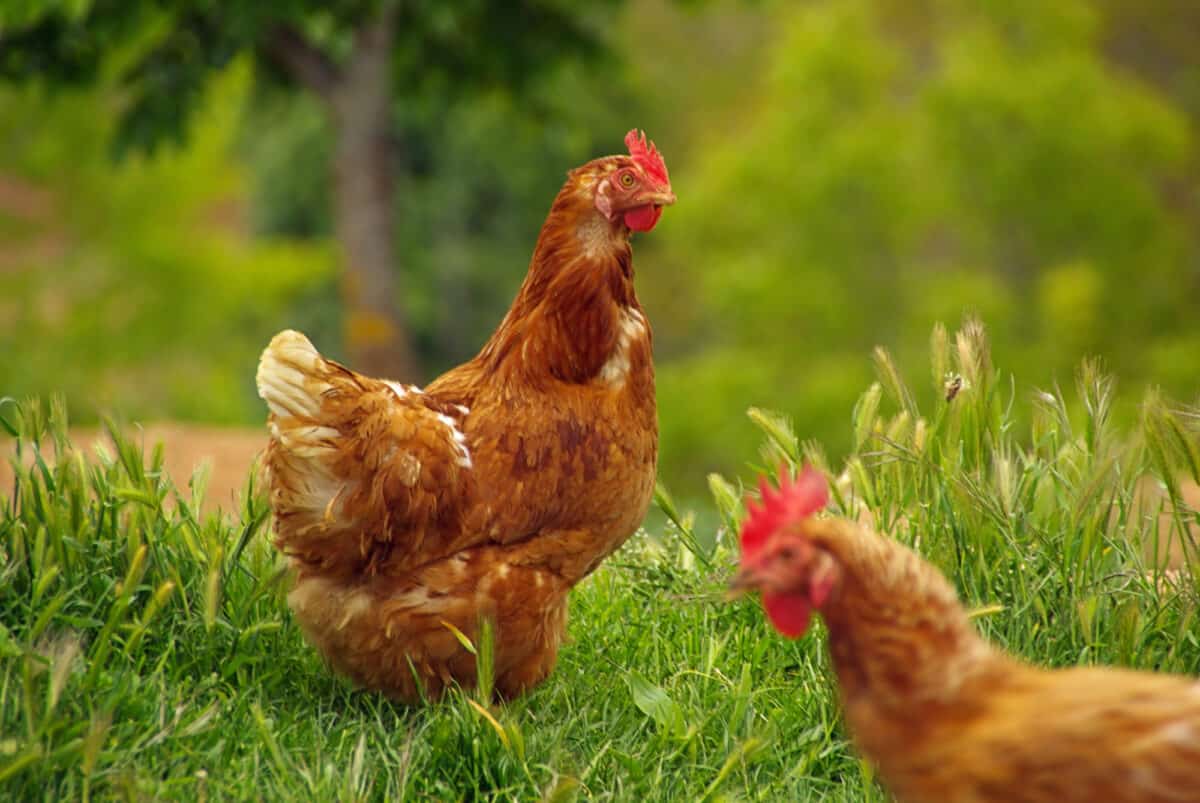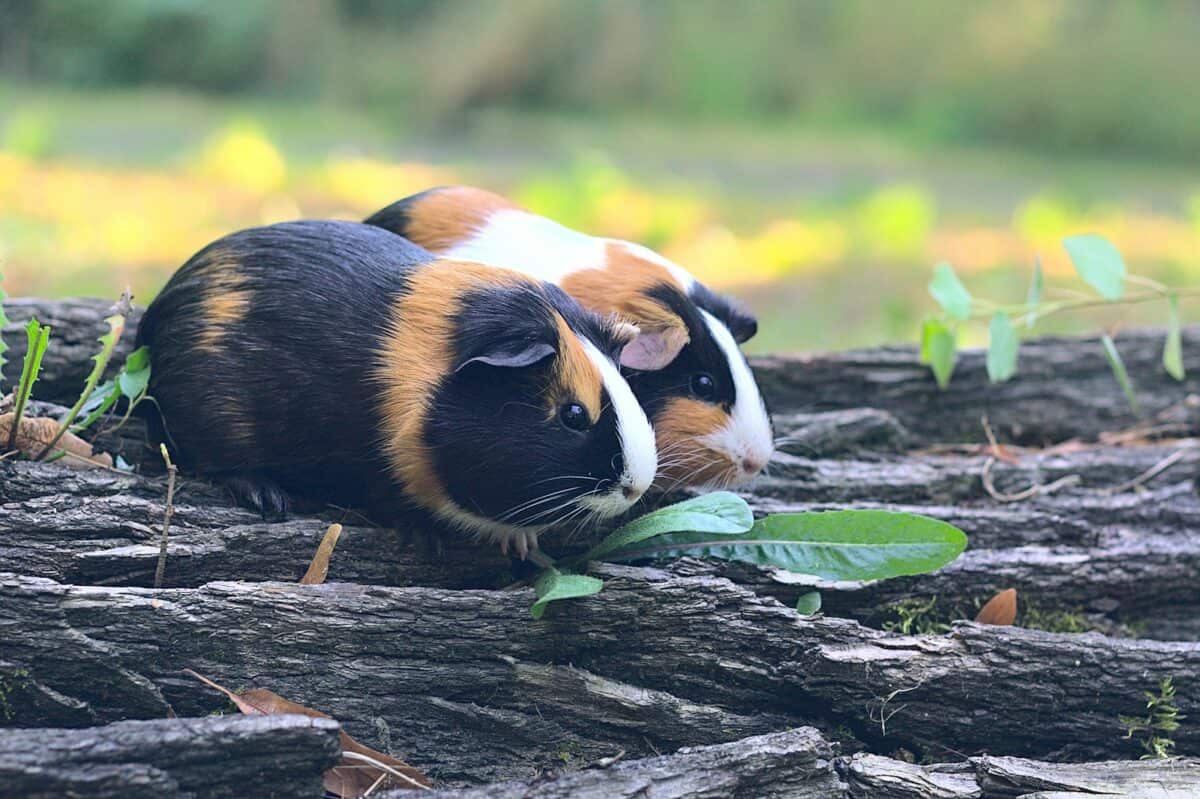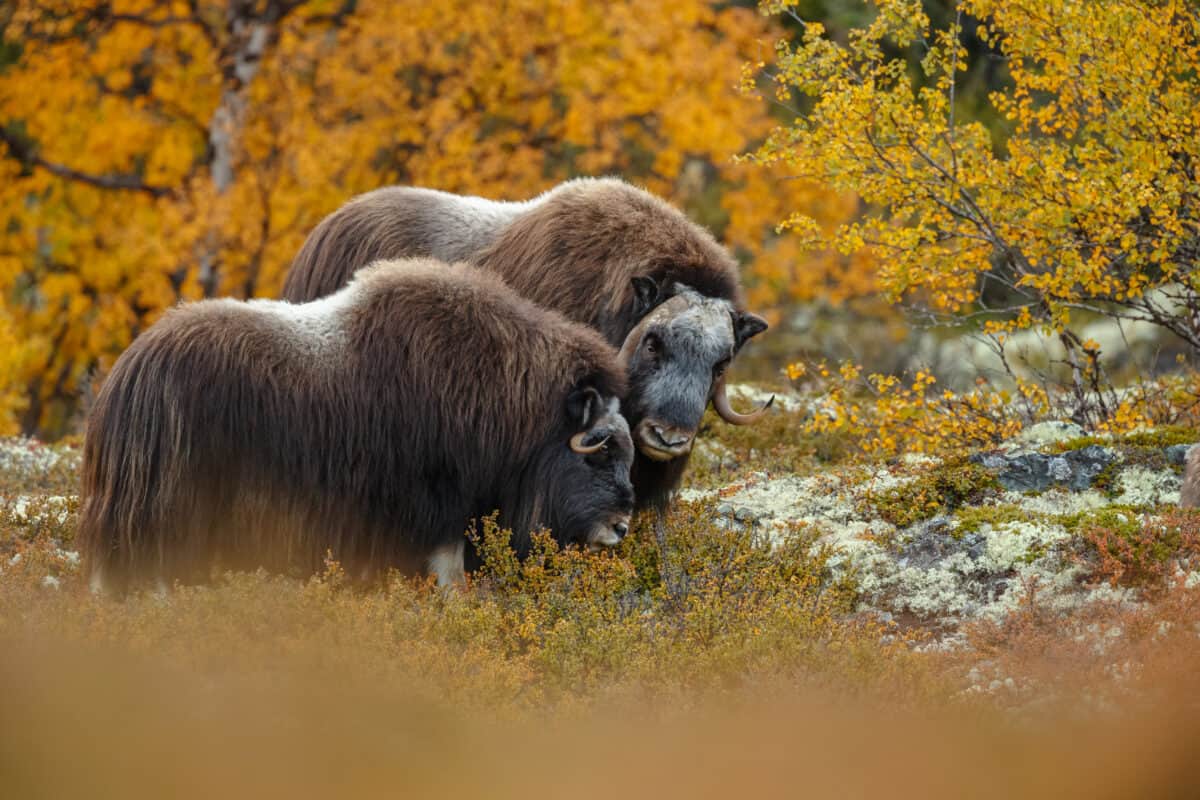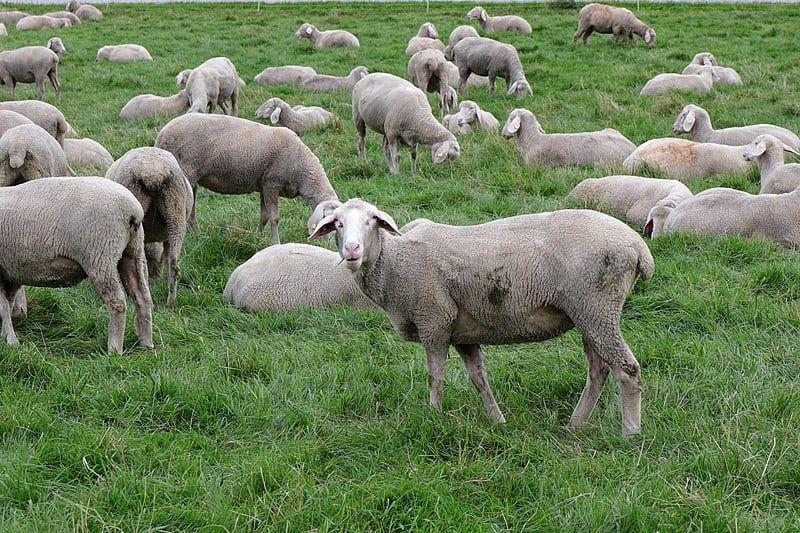Throughout history, humanity’s relationship with animals has profoundly shaped our survival, culture, and technological progress. From facilitating transportation and agriculture to influencing medical breakthroughs, animals have left a lasting impact. This article explores twelve influential animals that have significantly changed human history, each contributing uniquely to the development of civilization.
12. The Mighty Horse

The horse revolutionized human mobility and warfare, transforming entire societies. Domesticated around 4000 BCE on the steppes of Central Asia, horses allowed for faster travel and communication, and their use in chariots and cavalry reshaped military tactics. Horses facilitated the expansion of empires from the ancient Romans to the Mongols, making them pivotal in the spread of ideas and technologies across continents.
11. The Necessary Cow

Cows have been integral to human survival, providing milk, meat, and leather for thousands of years. Domesticated around 10,500 years ago, they have been a cornerstone of agriculture. Milk from cows became a staple in many diets, contributing to nutrition and health improvements. The wealth derived from cattle boosted economies, particularly in pastoral societies, shaping socioeconomic structures worldwide.
10. The Loyal Dog

Dogs, originating from wolves, were the first animals domesticated by humans approximately 20,000 to 40,000 years ago. Their prowess in hunting and guarding made them an essential part of early human settlements. Over time, dogs have been bred for various tasks, from herding livestock to serving as guide dogs, showcasing incredible adaptability and strengthening the human-animal bond.
9. The Ferocious Cat

While domestic cats don’t seem as transformational as some animals, their impact on agriculture and health was significant. By keeping rodent populations in check, cats protected crops and food stores from devastation. They also played a crucial role in minimizing the spread of diseases carried by rodents, contributing indirectly to public health advancements.
8. The Humble Honeybee

Honeybees have been a linchpin in agriculture due to their role in pollination, which is essential for crop production. Beyond pollination, honeybees produce honey and beeswax, both of which have been traded as valuable commodities. Their social structure and efficiency in farming practices have inspired models in industry and collective human endeavors.
7. The Industrious Silkworm

Responsible for creating silk, the silkworm fueled the trade networks known as the Silk Road, connecting East and West and facilitating cultural and technological exchanges. Silk remained a luxury item for centuries, shaping economies and driving industry innovations, impacting fashion, commerce, and even warfare.
6. The Prolific Chicken

Chickens, first domesticated over 8,000 years ago, became a staple protein source for millions. Their eggs and meat provide essential nutrients, making poultry farming a critical component of global agriculture. Chickens have also contributed to scientific advances, as seen in the development of vaccines and biomedical research.
5. The Clever Pig

Pigs have influenced diverse aspects of human society, providing a reliable source of meat and sometimes being used as spirit animals in various cultures. Beyond nutrition, pigs have been used in medical research, particularly for xenotransplantation and surgical training, due to their physiological similarities to humans.
4. The Dependable Oxen

Oxen, with their strength and endurance, were pivotal in developing agriculture and transportation. Used to plow fields and pull heavy loads, oxen enabled large-scale farming and settlement. Their contributions helped societies transition from nomadic lifestyles to settled agricultural communities, laying the groundwork for modern civilization.
3. The Resilient Sheep

Sheep have shaped the textile industry through wool production for thousands of years. Their wool became a crucial economic resource, driving trade and leading to industrialization in the textile sector. Sheep have also provided meat and milk, sustaining pastoral communities throughout history.
2. The Versatile Camel

Often called the “ships of the desert,” camels have facilitated trade and travel across harsh desert climates. Used extensively in North Africa and the Middle East, camels enabled the movement of goods and cultures along trade routes like the trans-Saharan and Silk Roads, which were essential corridors for economic and cultural exchange.
1. The Unique Guinea Pig

Originating from the Andes, guinea pigs have had profound cultural and scientific roles. As a source of food in South American societies, they continue to be culturally significant. In science, they are widely used in research that has led to breakthroughs in biology, medicine, and genetics, owed to their docile nature and biological makeup.
In conclusion, these twelve animals have been more than companions to humanity. Their roles in agriculture, medicine, industry, and culture have left indelible marks on human civilization. By understanding how these animals have influenced human history, we can better appreciate the intricate relationships we share with the animal kingdom today and in the future.
- The Coldest Town in America—And How People Survive There - August 9, 2025
- How Some Birds “Steal” Parenting Duties From Others - August 9, 2025
- 12 Deep-Sea Creatures You Won’t Believe Exist - August 9, 2025

